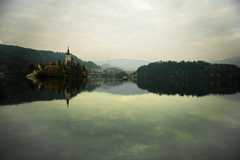Slovenia / Ljubljana
King for a day
Less than four years after joining the European Union, and having adopted the euro just under a year ago, Slovenia will take on the rotating EU presidency in the first half of 2008. It is a massive challenge for a country of just two million inhabitants. But, as *Monocle* finds out, Slovenia’s prime minister, Janez Janša, believes his country is equal to the task.
There is a Slovenian saying: “Pray for a good harvest, but keep on hoeing.” Other nations might shudder at the thought of running the 27-country EU but Slovenia seems to be relishing the opportunity. No one more so than the country’s 49-year-old prime minister, Janez Janša, whose lean frame and weather-beaten good looks typify Slovenia’s robust self-confidence.
Janša believes at least 70 per cent of his time will be devoted to European issues when Slovenia begins its six-month presidency on 1 January. The state has had to put aside €62m to cover the cost of the presidency, and a brand new conference hall is being readied at the lakeside venue of Brdo in the shadow of the Alps.
“I have met many thousands of visitors from different sectors and almost everybody said that his or her impression after coming to Slovenia was much better than they thought it was going to be,” Janša explains. “So we are trying to attract as many people as possible to come and see us. Hopefully our presidency of the EU will help us to be more recognisable on the world map.”
If Slovenia has a problem, it’s not to do with geography or generosity but branding. Even the highly sophisticated government building in the capital Ljubljana, where this interview takes place, does not have an official name, just a street number. But there are signs that this former communist country, which peeled away from the old Yugoslavia in 1991, is beginning to have some fun with its image. You could hardly miss the state-sponsored posters advertising Renault Twingos bearing the logo “I Feel Slovenia”, with the love in “S-love-nia” in fluorescent colours. Although it does perhaps sound like a phrase from the communist era.
But of most concern right now is how a small country like Slovenia can put its stamp on the European presidency. Janša hopes that, unlike a Germany or a France, Slovenia “will find it easier to negotiate compromises because a small country does not have such strong national interests in European matters”.
At the top of Janša’s agenda is to try to revive the EU’s failed constitution and reform its finances. After that, the main priority is the situation in the western Balkans. Janša’s aim is to try and fast-track EU membership for countries such as Serbia and Montenegro. “For decades Slovenia was part of different state frameworks,” says Janša. “We understand these people and know their trouble. We also know very clearly that there is no other positive perspective for the people living in this region, outside of the European Union.”
First, though, Slovenia and other EU members will have to handle the burning issue of the predominantly Muslim Kosovo’s bid for independence from Serbia. Mindful of the region’s potential combustibility, Janša thinks Kosovo’s minorities, particularly its Serbian population, need to be brought to the negotiating table before any decision on Kosovo’s future is taken. Ideally, Janša envisions an upgrade of the so-called Ahtisaari proposal that previously outlined a path to independence. For the moment Serbia, and indeed Russia, are opposed to any such autonomy for Kosovo.

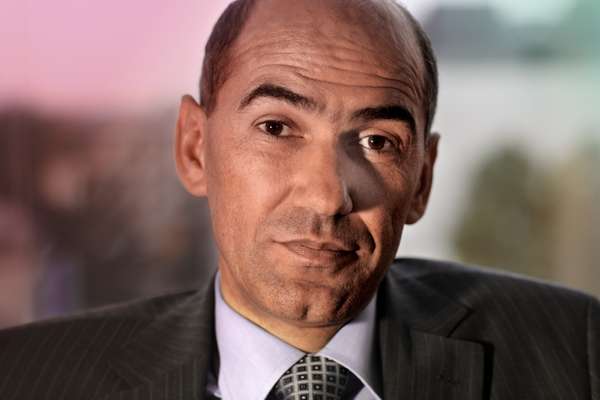
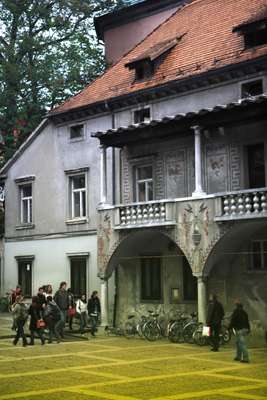
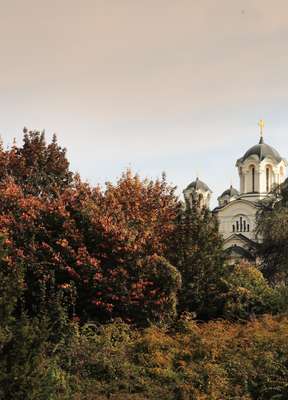

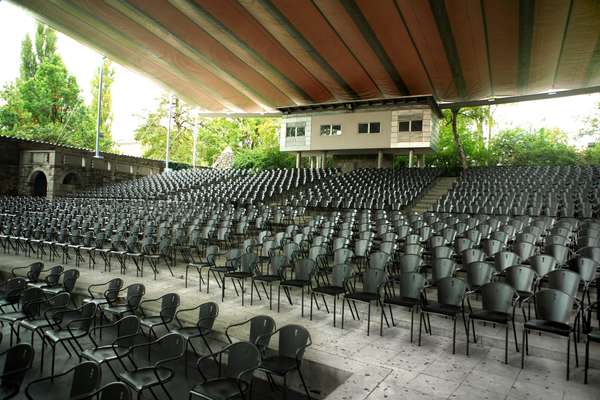
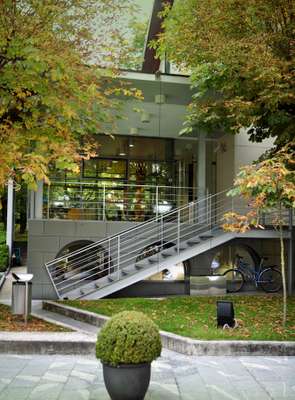


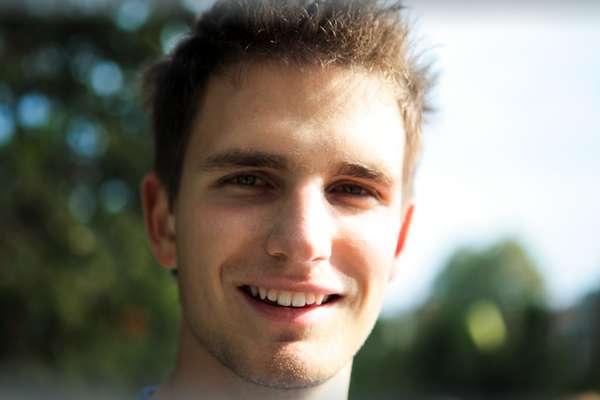
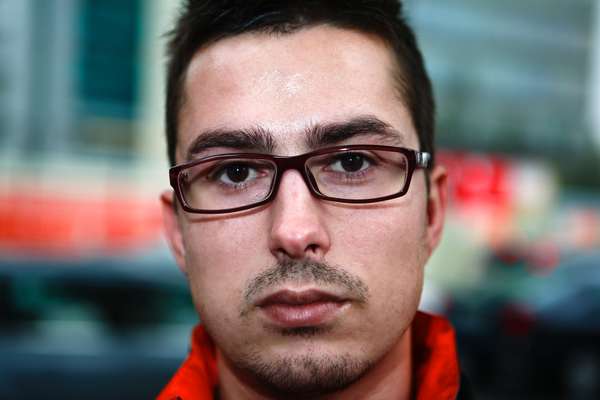


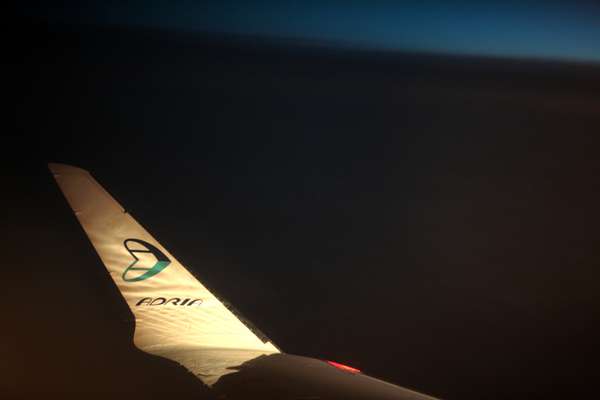

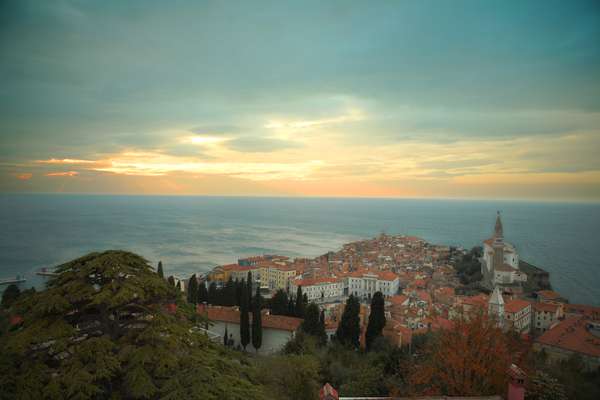
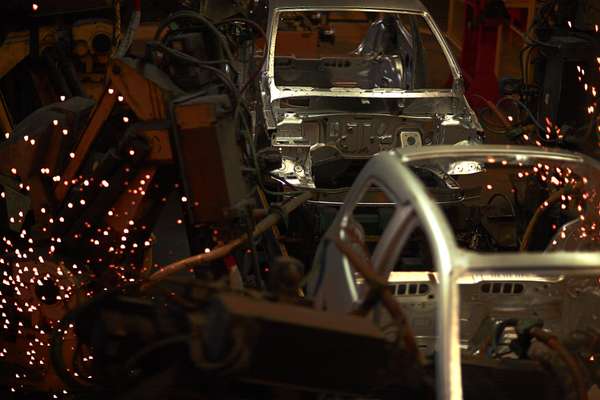
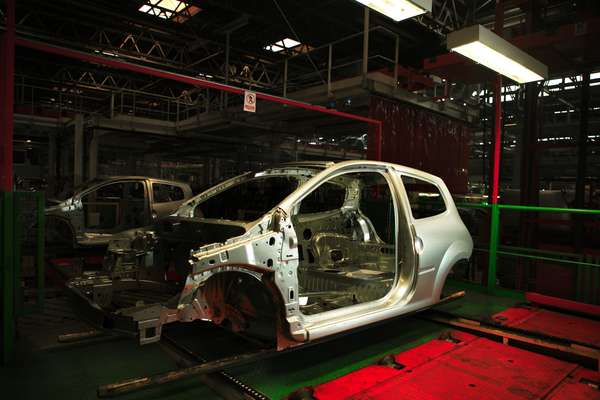

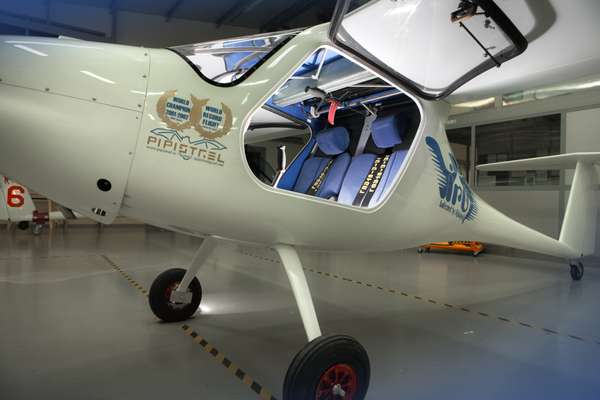

On the subject of Serbia, which as the heart of the former Yugoslavia waged a 10-day war against Slovenia before it achieved independence, Janša is conciliatory (“there are no more bad feelings”) but acknowledges a troubled past. “It’s very important for Serbia to adopt European standards and come closer to the EU,” he says. “But there are some pre-conditions: the EU requires both Serbia and Croatia, which has also started negotiations for EU membership, to fully cooperate with the Hague Tribunal, the international court trying crimes committed in the former Yugoslavia.”
Born in Ljubljana in September 1958, Janša’s life was dominated by politics from an early age. “In the former Yugoslavia they started teaching you politics in kindergarten,” he says with a chuckle. Janša himself became a member of the League of Communists at the age of 17, but was expelled eight years later for writing critical articles about the Yugoslav People’s Army in the independent magazine Mladina, which still exists today.
In 1988 Janša was arrested with other Mladina journalists and tried in a military court on charges of betraying military secrets. He was sentenced to 18 months imprisonment, of which he served six months.
“When I was in prison I had a dream to live in a country without military courts and without repression,” says Janša, who, soon after being released from prison, helped found one of the first opposition parties in Slovenia, the Slovenian Democratic Union.
Since 1993 Janša has been head of the centre-right Slovenian Democratic Party. “When democratic changes were first taking place in Slovenia there were not many options. In fact there were only two: either to be for the past or for the future,” he says. “It was very logical for all of us who were dissidents against the system not to choose socialism.”
Since being elected to office in 2004, Janša has overseen Slovenia’s economic revival. GDP growth for 2006 was 4.2 per cent (the EU average was 2.1 per cent). During his mandate, Janša has introduced a swathe of reformist policies including tax cuts and new laws encouraging foreign investment. Slovenia’s telecom company, Telekom Slovenije, and its second largest bank, Nova Kreditna Banka Maribor, are being privatised.
Janša hopes the next step in the right direction will be for parliament to ratify a law to help liberalise the labour market and make it more flexible. In Slovenia, it seems, the hoeing never stops.
The political web
A recent EU survey ranked Slovenia second (after Austria) out of 31 European countries for the efficiency of its e-government system, which enables the government to exchange information and services with citizens, businesses, and other arms of government. “We’ve had several experts from foreign governments who want to know our recipe,” says Slovenia’s minister of public administration, Gregor Virant. One of the biggest pulls is the user-friendliness of the system. “All the public administration services are on the same portal,” says Virant. “People can find everything they need to know in the same place.” It helps that Slovenians like to log on: 58 per cent of households have an internet connection compared to the EU average of 52 per cent. Virant is confident that the next initiative, a system of e-voting for October’s parliamentary elections, will prove as popular: “Thousands use e-banking. If it’s secure enough to move millions then it must be secure enough to vote.”
On the map
Look at an atlas and you can see why the future looks so promising for Slovenia. The country lies at the heart of Europe, where the Alps and the Mediterranean meet the Pannonian plains. There are 46.6km of coastline – with some great-looking property should you be house-hunting – and more than 50 per cent of the country is heavily forested. Slovenians are well educated and hard-working and have had to become gifted polyglots to keep up with neighbouring countries – almost everyone speaks some English, German and/or Italian. Still, Slovenians are fiercely proud of their own language. With the EU presidency looming, excitement is mounting at the prospect of Slovene being used in an international arena for the first time. Let’s hope that the country makes the most of its moment in the spotlight; until now it has failed to get the rest of the world to understand its unique brand values.
Nation building
Slovenian architects Bostjan Vuga and Jurij Sadar are placing a lot of faith in Ljubljana’s new mayor, Zoran Jankovic. They are part of Jankovic’s big plans to re-energise Ljubljana’s urban landscape. It is a city with wonderfully diverse architecture, ranging from 17th-century Italian Baroque to the dyed-in-the-wool genius of Slovenia’s first postmodernist architect, Jože Plecnik. But the modern landscape is stagnating and there is a need for a well-appointed institutional sports park on the capital’s outskirts, which will include Slovenia’s first proper football stadium. “We’re interested in stimulating the transformation of a city like Ljubljana,” says Vuga. “It’s not a big city and it’s fascinating how you can see the urban effects of a single architectural project.”
Cleared for take off
One of the biggest projects to reach fruition since Slovenian independence in 1991 is the highway linking the north, east, south and west. From the Julian Alps in the northwest to the Adriatic Sea in the southwest it’s only an hour and 15 minutes by car. Like all the nations of the former Yugoslavia, Slovenia is car crazy. While the new highway can support the traffic, it’s a different story in and around Ljubljana and northern Maribor, where gridlock is a constant hindrance. This is something the country needs to resolve – prospective investors will lose heart with a nation that fails to spend on its infrastructure. Plans are afoot to build a new tram line in the capital, which would ease congestion. Luckily, bicycles are a good way to get around. There is one international airport, the Ljubljana-Jože Pucnik airport, 26km north of Ljubljana; a second terminal opens there in 2010. The country’s airline, Adria, plans to increase the 19 destinations it flies to – all in Europe.
Home comforts
Those in search of Slovenian home cooking may have a hard time of it. Slovenia’s restaurants, with a few notable exceptions such as Ljubljana’s Aska in Volk, are more likely to serve up pasta or goulash than regional specialities. There is always the temptation when re-casting a country to turn your back on the most earthy, indigenous aspects of its heritage. That’s a mistake. There is nothing as delicious as a bowl of Slovenian juha (soup), of which there are more than 100 varieties, accompanied by a chunk of kruh (bread). Wine-growing is becoming an important part of the country’s economy. Many Slovenian wines are of a very high quality, although most foreigners are only acquainted with cheapo whites such as Laski Rizling. Now would be a good time to serve a few of the better vintages to those visiting European dignitaries and roving opportunity scouts.
Good company
The Revoz Renault plant at Novo Mesto in the country’s south has a monopoly on the construction of Renault’s latest run-around, the Twingo. Some 450 Twingos and the same number of Clio IIs are produced every day. But things could be even better. Slovenia has a low birth rate (1.26 children per woman, compared to the EU average for this year of around 1.8), hence a substantial lack of manpower. Strict immigration quotas for non-EU citizens are not helping matters. The Croatian border is not far from Novo Mesto so, if and when Slovenia’s Balkan neighbour joins the EU, there could hopefully be many more qualified workers to choose from.
Slovenia’s Pipistrel and Seaway are market leaders in their respective fields. Established in 1982, Pipistrel sells intricately designed gliders and small, lightweight aircraft through 28 worldwide distributors. All are custom-made to order. Seaway, founded in 1983, constructs high-concept boats that are built in Slovenia and cost between €1.8m and €4m. Last year, Seaway had a €20m turnover with a net profit margin of around 10 per cent. Both companies exemplify Slovenian niche building and the desire for quality over quantity. “Once you go into mass production, there’s no way back,” says Tine Tomažic, a Pipistrel test pilot and senior mechanic.
Slovenia: the facts
01 Short but sweet: Slovenia has a coastline of just 46.6km.
02 There are two million Slovenians.
03 Slovenia won independence from the former Yugoslavia on 25 June 1991.
04 The country joined the EU in May 2004 and adopted the Euro on 1 January 2007.
05 GDP was estimated at $42bn in 2006.
06 Some 58 per cent of Slovenes are Roman Catholics.
07 The country is 20,273 sq km in size.
08 Slovenia has been a NATO member since 29 March 2004.
09 The country has borders with Austria, Croatia, Hungary and Italy.
10 If employed, you can vote from the age of 16. Otherwise, it’s 18.

